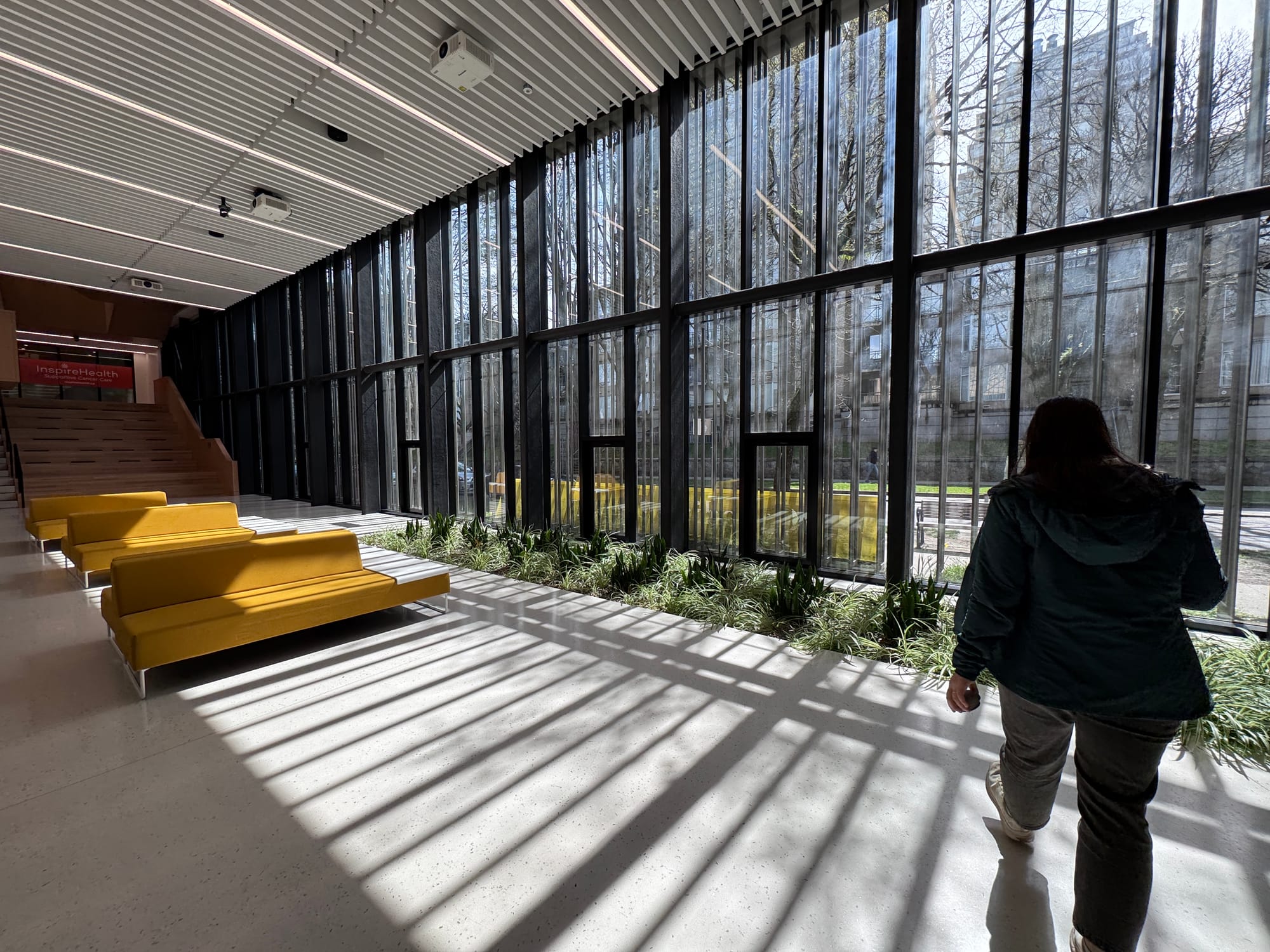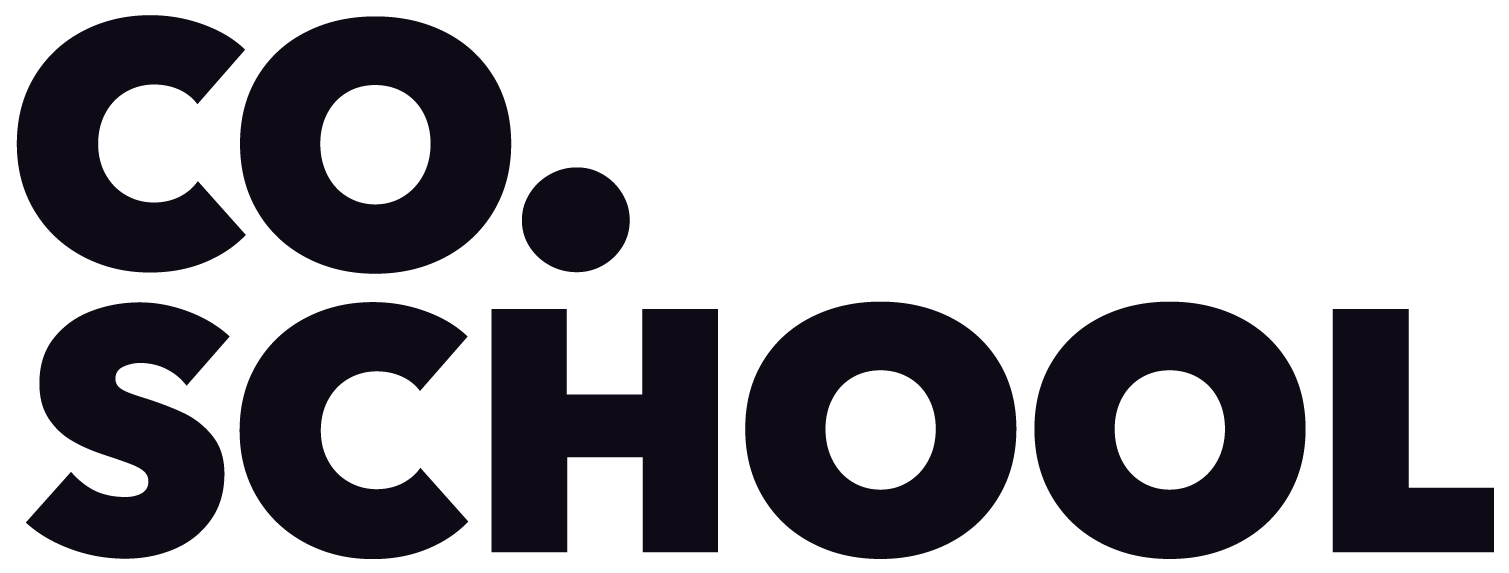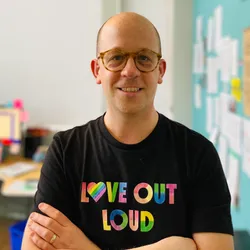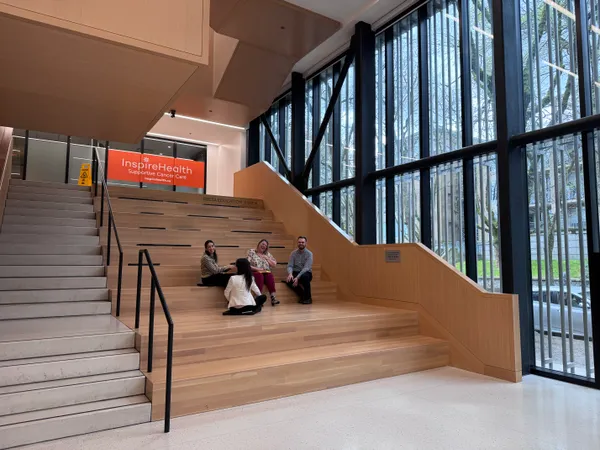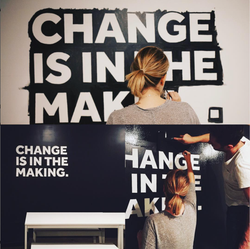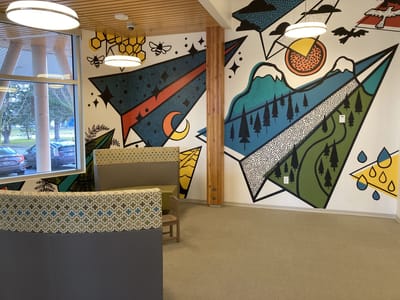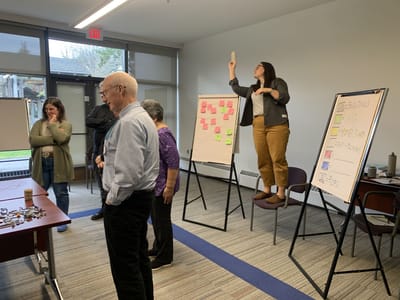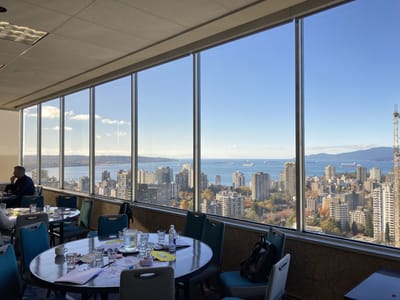For more than sixty years, Canadian Cancer Society (CCS) has been running a volunteer-driven program to help transport cancer patients to their treatment appointments. With a fleet of vehicles, custom software and on-call roster of kind-hearted volunteer drivers, Wheels of Hope has been offering not just practical transportation solutions, but real human connection all along the way, at crucial times in the lives of patients.
After many years in operation, and a variety of funding and structure changes, the team at CCS began to see new opportunities for Wheels of Hope:
What if the technology was a little more human-centered?
What if we could streamline how we operate?
What if it could scale better all across the country, including better service for rural, remote, and low-income patients?
Hoping to turn these curiosities into action, CCS called up Co.school. Together, we co-designed a process to bring interested parties together into the same space, across all aspects of the program – leaders, technologists, volunteer advocates, program coordinators – and harness that momentum towards real change.
Finding your destination
The work of innovation starts in the imagination: what else might be possible? Together, we helped the team explore a vision for how the program could grow and blossom to meet the needs of patients. We grounded our thinking in a clear sense of measurable goals, and this mix of vision and values became our guiding principles for the work ahead.
Creating the map of the journey, today
We then began the work of mapping out the process, as it exists today. From start to finish, the entire journey was documented: how does a patient request a ride? How do they sign up? Where do they get picked up? How do they get dropped off? We look at each phase through the lens of multiple participants: the patient themselves, the volunteer drivers, and the support staff at Canadian Cancer Society. And then we explore what underlying technology, tools and processes are at play at each stage. This service design blueprint (or journey map, depending on your preferred nomenclature) helped show the beginning-to-end flow of today’s service.
Finding the roadblocks and green lights
With the entirety of the journey revealed, together we analyzed how well it was working. The stories from staff, representing volunteer and patient perspectives, helped identify these key moments. Roadblocks where the process was unnecessarily hard, detours that serve as workarounds for inefficient processes, and green lights where things seem to be flowing smoothly.
What would a better journey look like?
With today’s process mapped out, including what’s working and what’s not, it helped us identify what would be needed to truly help us get to the destination we had in mind. The space of ideation was activated here: what pathways had been ignored? What untried technology could be tested? What dreams were people carrying that it was time to try out? With external inspiration, examples from other industries, and hopes heard from patients themselves, this created a list of what kind of new journey CCS really wanted to take people on.
It’s an exciting vision, where the team is imagining…
- Patient-centered tech that offers self-serve booking.
- Tasteful inclusion of AI to help with scheduling and route optimization.
- Ways to empower volunteer drivers to organize their rides and schedules.
- Integrated support that can help with not just travel, but accommodation, and related service providers, too.
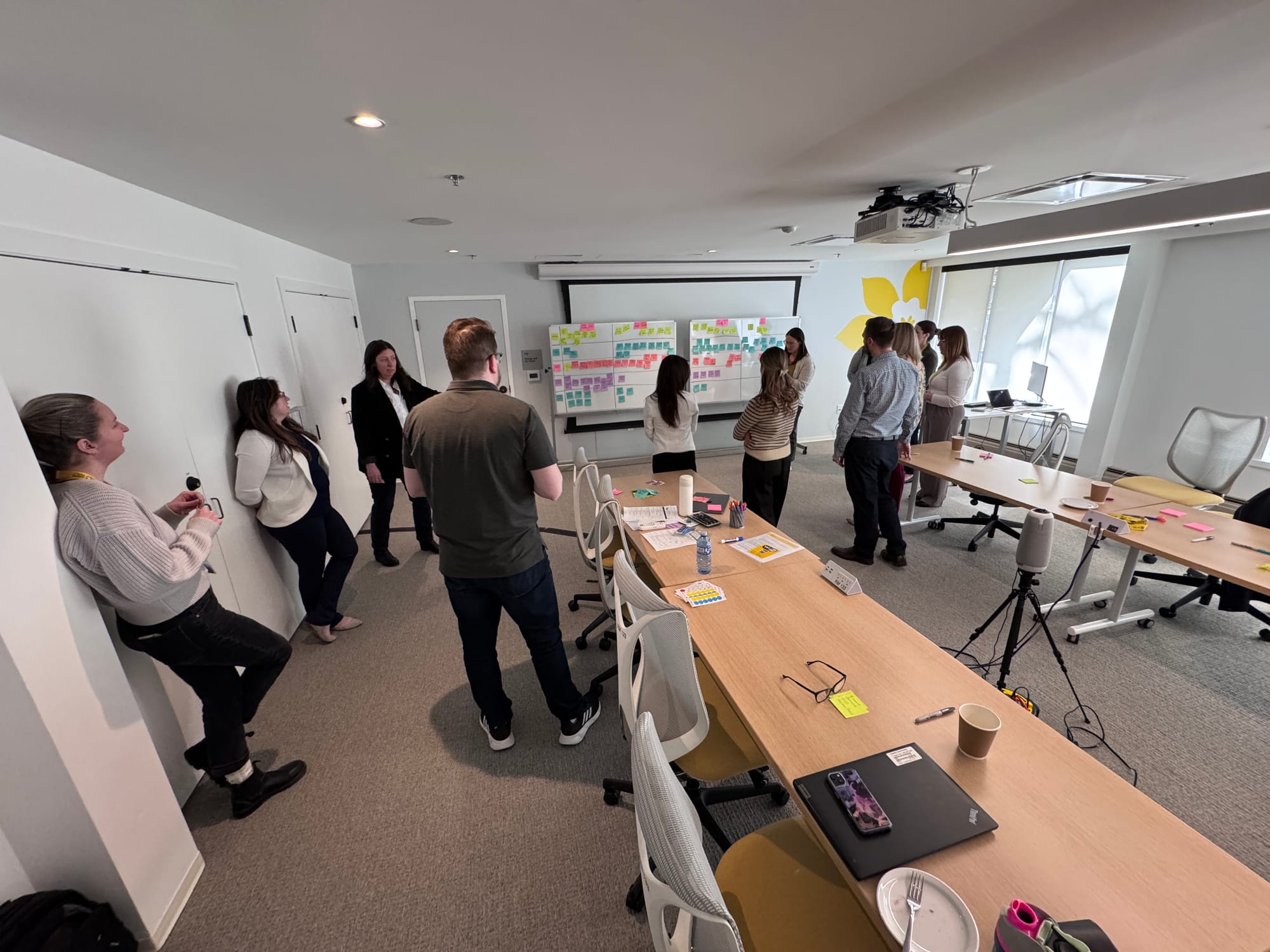
New maps for a new route
With these concepts in mind, it was time to steer the conversation towards how to actually get there. We helped inventory their existing assets and collaborators (from existing software to internal teams), surfaced blockers that would get in the way (from shifts in funding to competing projects), and named what they needed for a new project plan, to make this vision happen.
The road ahead
CCS is actively working on “Wheels of Hope 2.0” as we speak, undertaking the hard work of building the tools and processes to bring it to life, powered by a team that is now operating with a clear vision, a clarified journey, and momentum to get there.
The road ahead is more than just a project, though. It’s about reimagining what it means to support someone, fully, when they’re at one of the most vulnerable points in their life.
What Elina said
“This was my first time participating in an innovation workshop, and it was such a refreshing experience. It changed how we are approaching this project . We’ve gone from things feeling a bit open-ended to having real clarity, from patchwork systems to a more integrated and patient-focused approach. Co.school helped us take a heartfelt idea and turn it into a clear, doable plan — and now we’re moving forward with real momentum.”
– Elina, CCS Project Manager
What Tanya said
"Having worked within the CCS transportation programs for several years, I found it inspiring not only to reflect on where we are, but to open our minds to what’s possible. Sharing the thoughts and talents of everyone involved revealed that exceptional change is within reach — if we simply reframe what we sometimes perceive as impossible."
- Tanya, CCS Director of Practical Services
What Co.school offered:
This partnership used elements from the toolkit of service design, experience design and facilitation, and also writing and synthesis support. It also employed elements of one-on-one discovery and coaching to help the team get unstuck on their journey of change.
